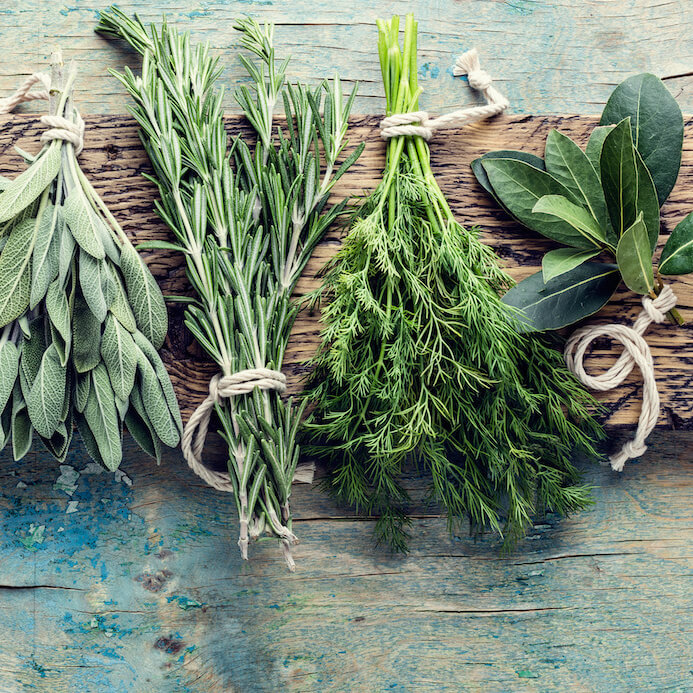Organic Insider
Better Choices
Is Non-GMO Better Than Organic?
In a recent online survey of a 1,000 health-conscious consumers conducted by Market LOHAS – Mambo Sprouts Marketing Research, it was found that 80% of shoppers seek out non-GMO products, with 56% saying non-GMO was key to brand buying versus 52% for organic.
Hence, a product that has the words “Non-GMO” on its packaging is going to carry more weight with consumers than “Organic”.
On many levels, this is incredibly worrisome, mostly because shoppers are making the absolute wrong and unhealthy decision at the supermarket.
Here are my overall thoughts.
1) In retrospect, we shouldn’t be too surprised with these results. If you combine all of the backlash against GMOs on social media and the 26 states that are trying to approve GMO-labeling bills, the awareness of GMOs has never been higher.
As such, people are increasingly making it a priority to avoid to avoid GMOs. And rightly so.
2) While the numbers shouldn’t come as a great surprise, they are alarming nonetheless.
For quite some time, I have believed that many people view non-GMO as an equal or adequate substitute for organic. Yet, the data from this poll is indicating something even worse – that people view non-GMO as superior to organic.
Yet, nothing could be further from the truth.
GMOs, toxic pesticides, synthetic fertilizers, and artificial colors & flavors are all prohibited under USDA organic regulations.
Yet, all that a “Non-GMO” label means is no GMOs. Nothing else.
While there are a few independent organizations that certify and have standards regarding the “Non-GMO” label, such as the Non-GMO Project, the federal government has done nothing in regards to regulation and enforcement of the “Non-GMO” label.
Therefore, companies can slap the “Non-GMO” label on its packaging without any need for independent, third-party testing.
Even if a product has received certification from the Non-GMO Project, super-toxic chemicals and other risky substances and methods could still have been used in the production process.
3) We still have a long way to go in educating people about Organic vs. Non-GMO.
What makes this even more challenging, however, is that the organic industry is heavily focused on changing the public’s perception that “Natural” is better than “Organic”, as evidenced by the recent advertising campaign The Natural Effect.
IN CONCLUSION
One of the unintended consequences in our battle against GMOs and for GMO-labeling is that people have come to view the “Non-GMO” label as superior to the “Organic” label. This is a very serious mistake.
Consumers need to know that that if they can purchase a product that is both organic and non-GMO, that is best of both worlds. However, organic should always be the first thing that they look for.
Needless to say, the data from this poll was a real eye-opener, and hopefully it will start the conversation as to how we can go about reversing this unsettling trend.
And in case you missed it, be sure to take a look at my 5 Essential Ways to Avoid GMOs.
